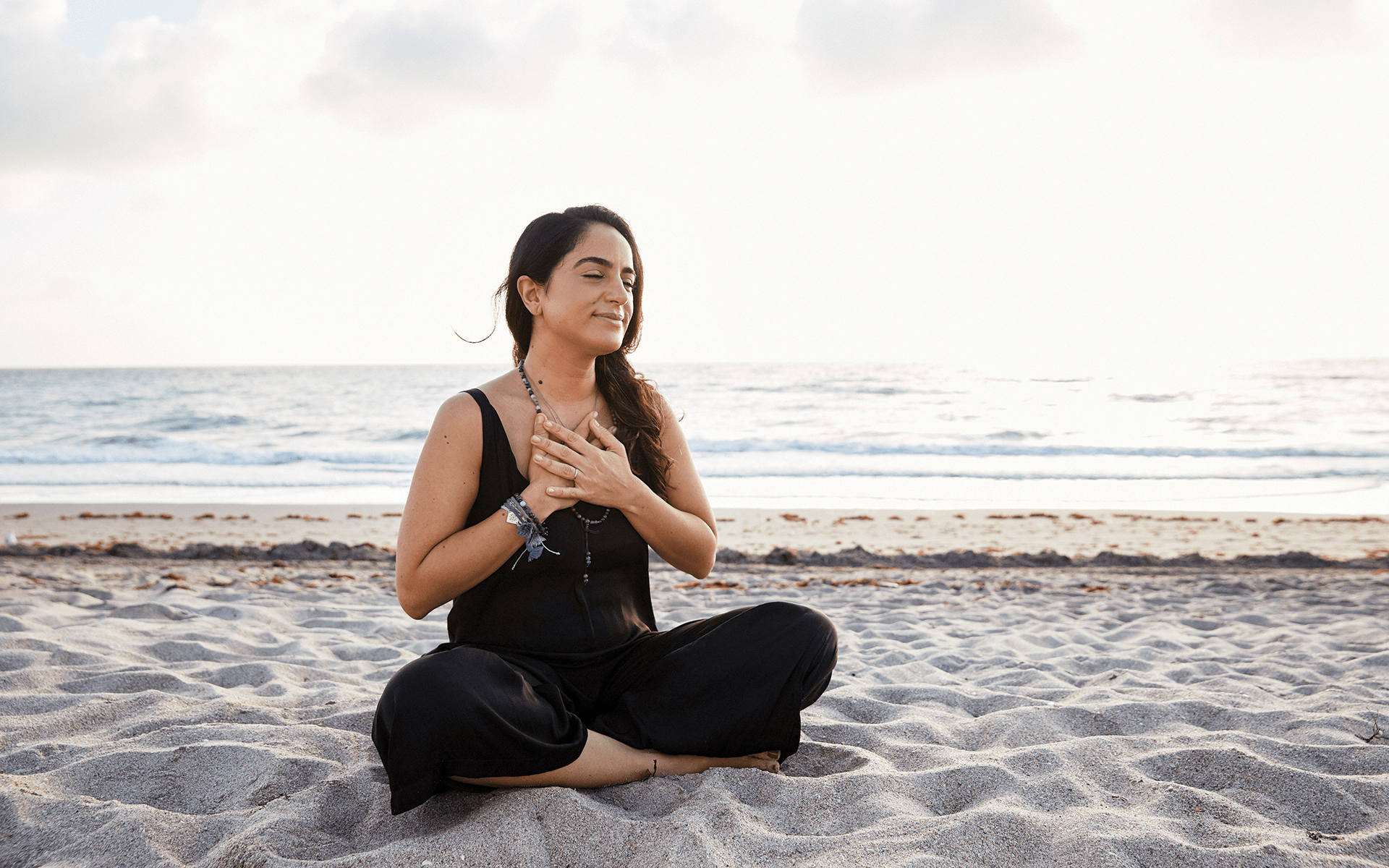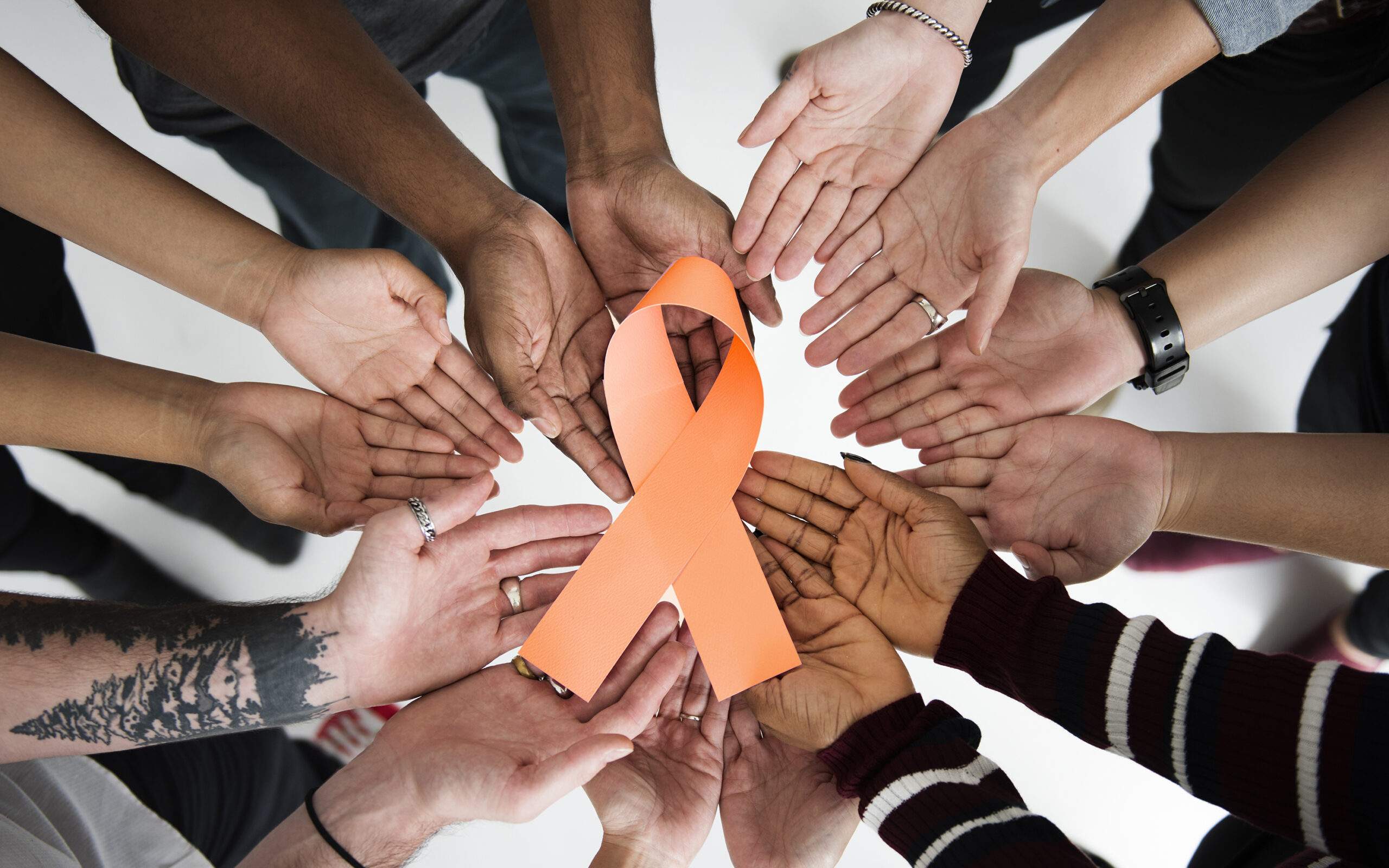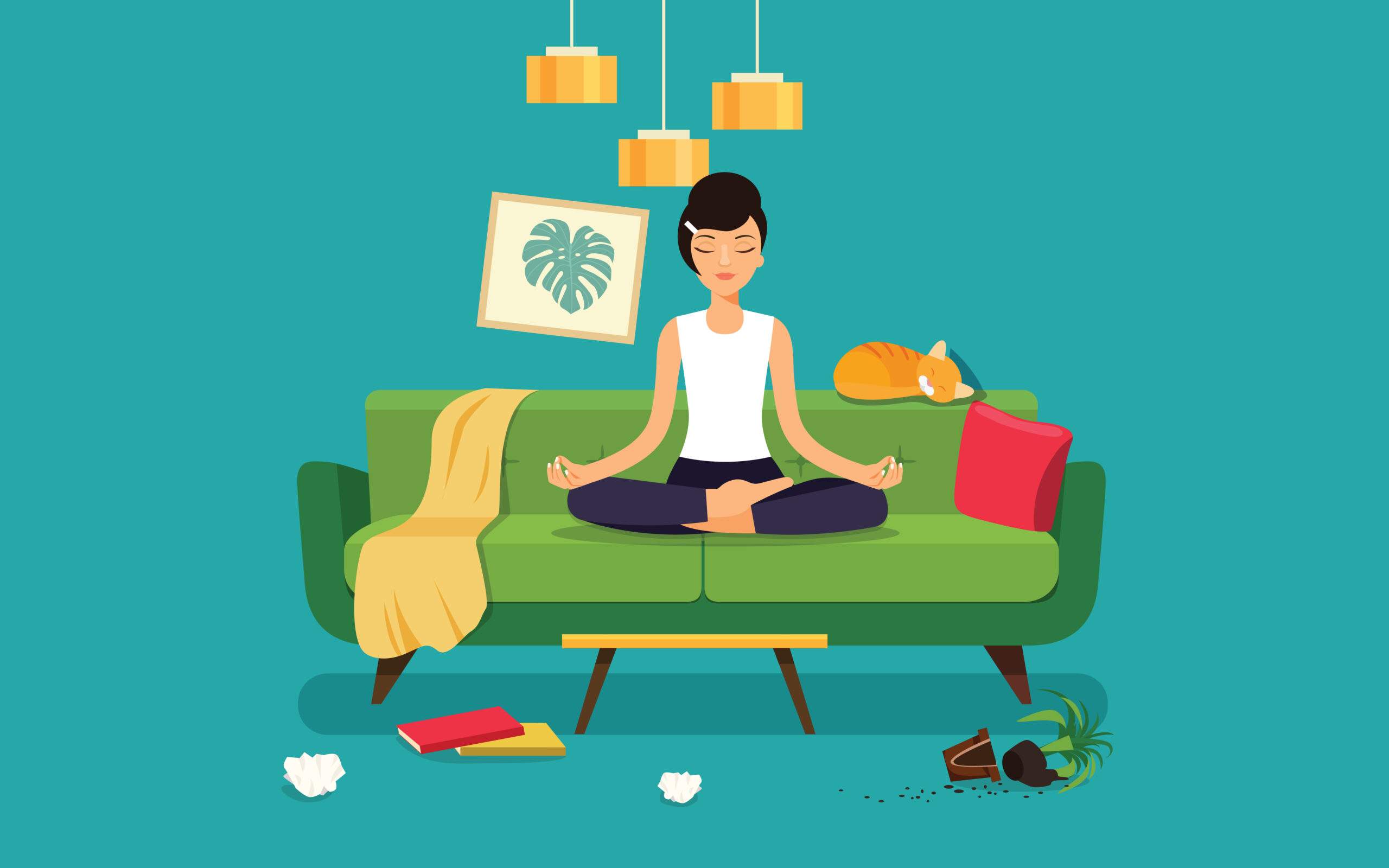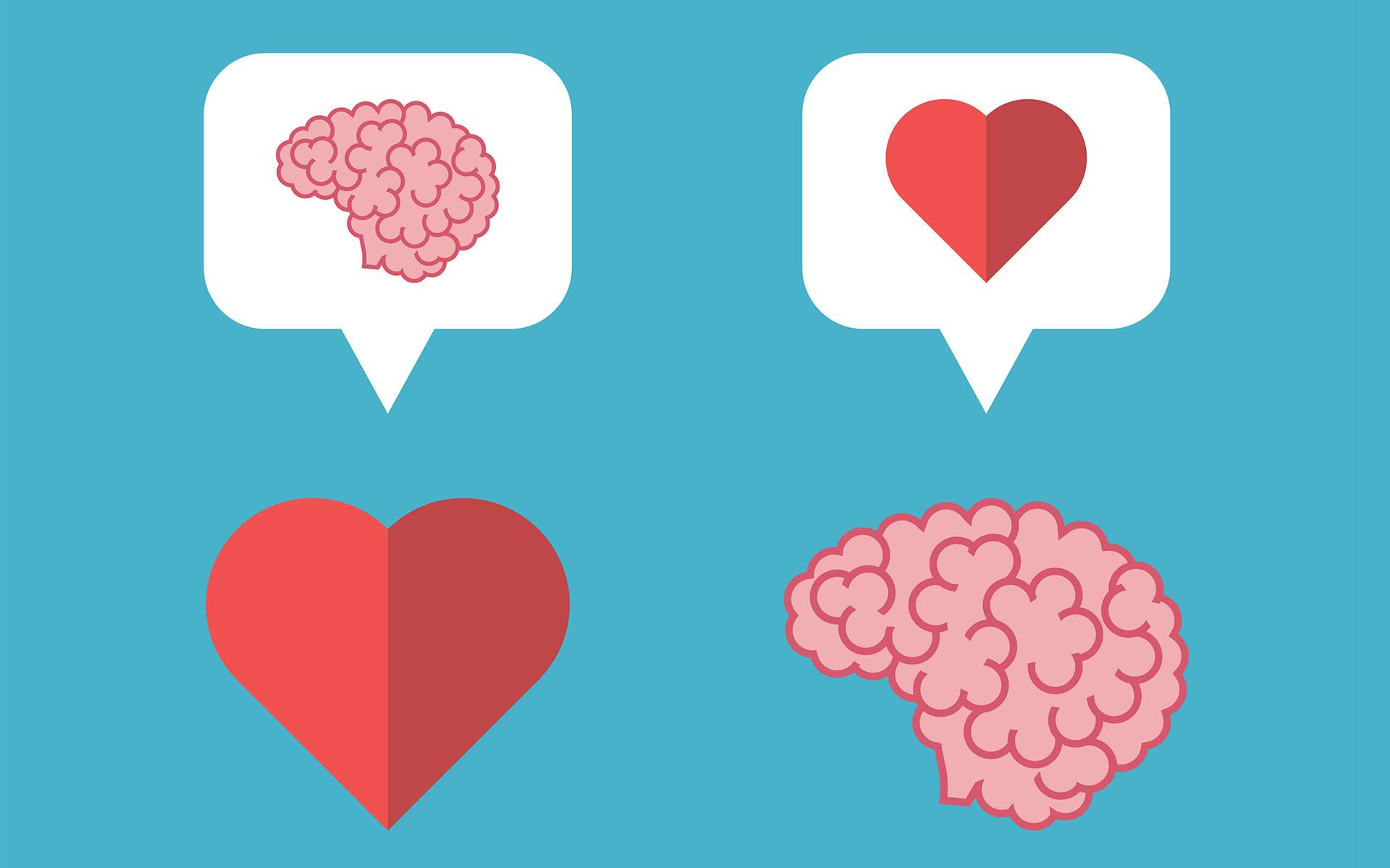Each Sunday, Shelly Tygielski can be found on a beach 40 minutes from her home in Lighthouse Point, Florida, leading a free meditation session for whoever shows up. At first, when she began in November 2015, just a few people came—and then hundreds, and then a thousand. She calls the group, now a part of her social activism, the “Sand Tribe.” A former corporate executive, Tygielski came to meditation as a way to calm herself after learning she had an eye condition that could lead to blindness. Although she calls herself “an unlikely meditator,” she now leads meditation groups full time, sharing her devotion and enthusiasm with thousands of people in some unusual settings.
Tell me about a typical meditation of the Sand Tribe.
People walk onto the beach and hear music before they see anybody. I have an interesting playlist, composed of songs that might make you think you’re back in 1969, songs with a strong message about happiness or hope.
After people find their places on the sand, I walk around with a bucket filled with intentions written on cards, words like courage, compassion, self-love. The bucket says, “Take what you need.” I always like to tell people that the intention chooses you, you don’t choose it. People close their eyes and dig, and normally they chuckle or laugh.
Recently we met near the Marine Environmental Education Center, where we raised money for a sea-turtle rescue project. We meditated among the sea turtles, which was really cool. About 300 people showed up, and we raised a fair amount of money.
I usually give a talk and do a guided meditation on a chosen topic. The talk during the sea turtle event was about the environment, how it’s important to protect it, to commit to a small action, because small actions done consistently over time make a big impact.
We end with a bell ringing or a “Namaste,” and a song, something like Leonard Cohen’s “Hallelujah.” Afterwards I stay around and people come up and share an experience they’ve had. Sometimes people are crying and just want a hug.
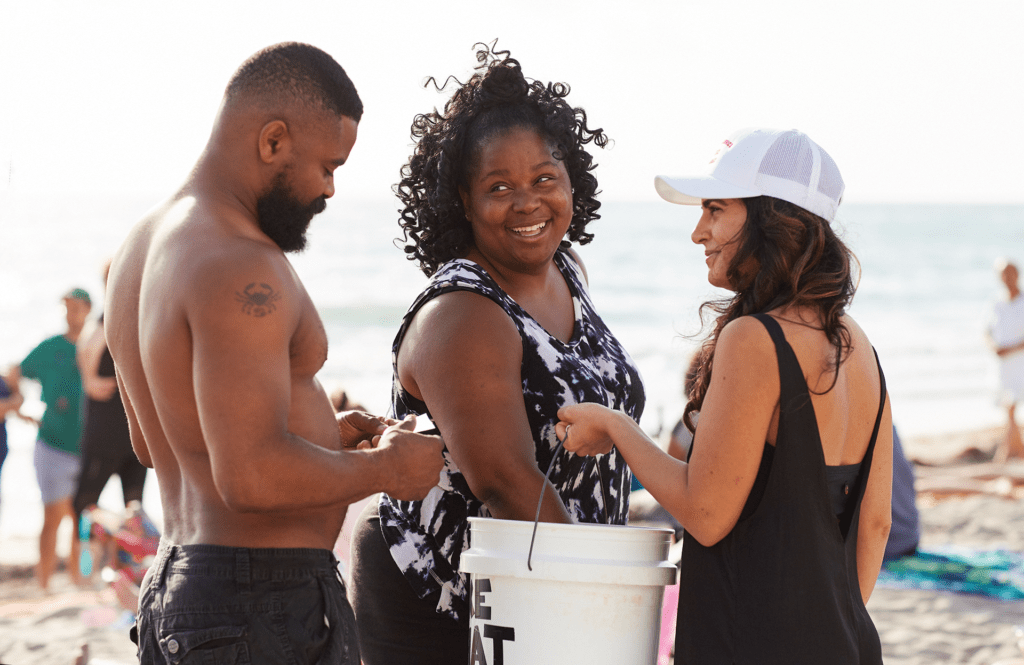
How do people at your beach sessions respond?
The beautiful thing about the beach and the thing I love most about our community is that there is no typical person. Sitting in front of me last time were two African-American women who are a lesbian couple, and they were sitting next to a white guy who is tattooed head to toe, wears T-shirts with rainbows and unicorns, and rides a motorcycle. Nearby was a group of older women from a Jewish community in South Florida, all originally Long Islanders. Behind them was a person I knew from corporate America.
I remember one woman who was very outgoing, and when I asked what had brought her here, she said, “My parents are older and very ill, and I’m their caretaker. It’s been really hard. I lost my husband a few years ago, and today is my birthday.” She said she had hesitated, that she wasn’t sure she should come, that she had tried it before and her mind never quieted. I said to her, “You’re totally in the right place. Your thoughts are never going to disappear. You are just going to learn to coexist with your thoughts.” She was crying at the end and thanked me profusely, and she has been a member ever since. Her father has since passed away, and her mother isn’t doing well, but she says this meditation has given her an anchor. She has a practice she does every day. She’s a flight attendant and even uses meditation while she is up in the air.
You call yourself an unlikely meditator. Why?
I grew up in an Orthodox Jewish family and was born in Israel. I lost several family members to acts of terror, war, and violence, and by all accounts I should be a pretty angry person. When I was eight, I saw the realities of war, and I felt I had to do something to fix the world. I discovered meditation when I was in college. Yet, when I began meditating, in the late 1990s, I was really resistant. I wasn’t sure I would fit my own ideas of what a meditator looks like. Certainly, as someone who’d been raised an Orthodox Jew, I almost had to sneak around. God forbid someone saw me walking into a meditation center!
What changed?
I think it really has to do with just being able to connect and see the humanity in other people. To recognize that I had that capability early on made me feel very empowered. People have this fear of speaking to the “other.” When we finally get over that fear and have a cup of tea, break bread, have a conversation with someone who not only disagrees with us, but has a different set of principles—someone who we might even find scary—that’s huge. I grew up in an insular community, but when I realized that there is a whole other world out there and one not looking to harm me, that was a huge thing for me. Being able to connect with people from all different backgrounds, generations, and religions, always keeps me positive. It gives me hope.
Being able to connect with people from all different backgrounds, generations, and religions, always keeps me positive. It gives me hope.
You’ve led groups in some surprising places—a Miami Heat basketball game, for instance.
That happened because a person in the Miami Heat organization approached me. It was a challenging event to put together, since the sports team doesn’t own the venue, and we had to work through a lot of red tape. But it turned out to be (as far as we know) the largest mass meditation at a professional sporting event.
My hope is that we will see more collective mass meditation on a grand scale in unlikely venues.
It sounds as if you sense a hunger for meditation practices just now.
Yes, absolutely, especially for activists. After the Women’s March of 2016, there was a lot of activism fatigue and burnout. Self-care isn’t a pillar of activism. So when the Women’s Convention happened in 2017 in Detroit, the organizers asked me to teach a class, which I did. My topic was “Self-Care Is an Act of Resistance.” It was incredible to connect with people who needed to hear that they had permission to be not just caretakers, but self-caretakers, too. It was important to provide them with a really good toolkit to incorporate into their lives.
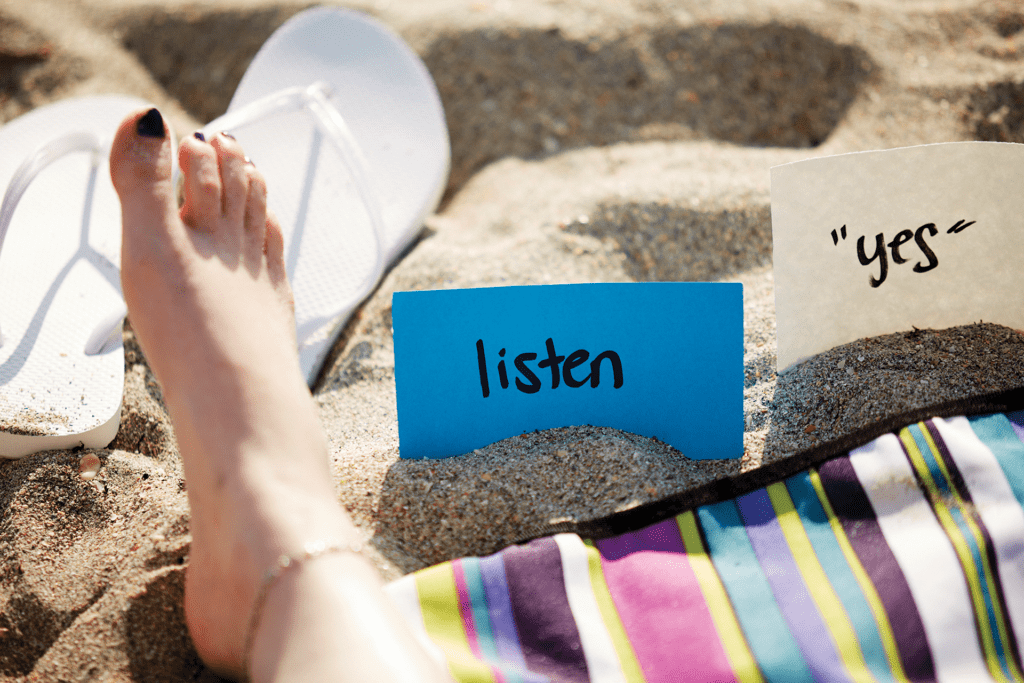
How about your own self-care?
I connect to nature. I love being in the ocean. The water just calms me. I also have a really great group of friends and we hold each other accountable. If I am feeling angry about what’s happening in the world, talking about it really helps. When I am willing to be vulnerable about what I am going through, I get a sense of relief. Activists can be viewed as the strong ones, carrying everyone on our backs. It’s nice to put that down once in a while.
You’ve done work with the young survivors of the 2018 Parkland school shooting tragedy.
I got involved with this group because my son is in 11th grade and played lacrosse with kids from Marjory Stoneman Douglas High School. Being a community organizer, within 24 hours of the shooting, I immediately started working with a bunch of other parents, who would eventually form the March for Our Lives movement. The activism part of me was activated. We wanted it to be a student-led movement, but we helped with permitting and arranging bus rides to Tallahassee. Then, when the shock wore off, the meditation teacher and mother in me started wondering, how do we heal from this? That’s when we started to offer Mindfulness-Based Stress Reduction. A network of incredible practitioners from all over the place asked how they could help. So we worked with teachers and staff who would be going back into the classroom. It’s ongoing.
One of my teachers, Sharon Salzberg, reached out to me after Parkland and asked how she could help. We put together a half-day workshop, all centered around the power of love and loving-kindness meditation. The response was incredible. Parents who had lost children came, as well as teachers and students.
Sadly, as we have seen from the recent suicides of three people in the Parkland and Sandy Hook communities, for some people the challenges can become too hard to overcome. The trauma never goes away. The best we hope for is that it becomes manageable and that they land in a space where they can coexist with the immense void and also function
Our intent is to have a quarterly event, not just for Parkland, but for any survivors of mass shootings, because unfortunately there will probably be more in the future, and our idea is to have something in place. The communities who have suffered this way are all interconnected: Aurora, Sandy Hook, Parkland. All the parents know each other and reach out to each other.
What’s next for you?
My son will be going off to college soon, so I am careful not to make too many plans. I want to see where he’ll end up. If I could imagine doing anything, I have always wanted to get an Airstream and have this moveable community and go up and down the coast and make the practice available to more unlikely meditators. But that is really pie in the sky. I am looking to the 2020 election and I want to offer as much to the activist community as possible. I want to make sure we’re not fatigued. An incredible community has formed around the Parkland kids, and I’d like to use that as a model for trauma-based mindfulness training, and also have some sort of center or program that is specifically available to mass-shooting survivors when they need it.
You’re also at work on a book.
Yes, I write daily and share my journal entries online and on social media. A lot of the content is based on an intention. I wake up and set my intention before heading to the meditation cushion. I’m interested in how we treat these abstract words—love, courage, presence—that we see on T-shirts. Everyone says, “I want happiness. I want courage,” but where is the road map? That is what my writings are about.
The working title is If Only for Today—if only for today I could be more kind, more patient, more present, what would that look like? It gives us permission to try something out.
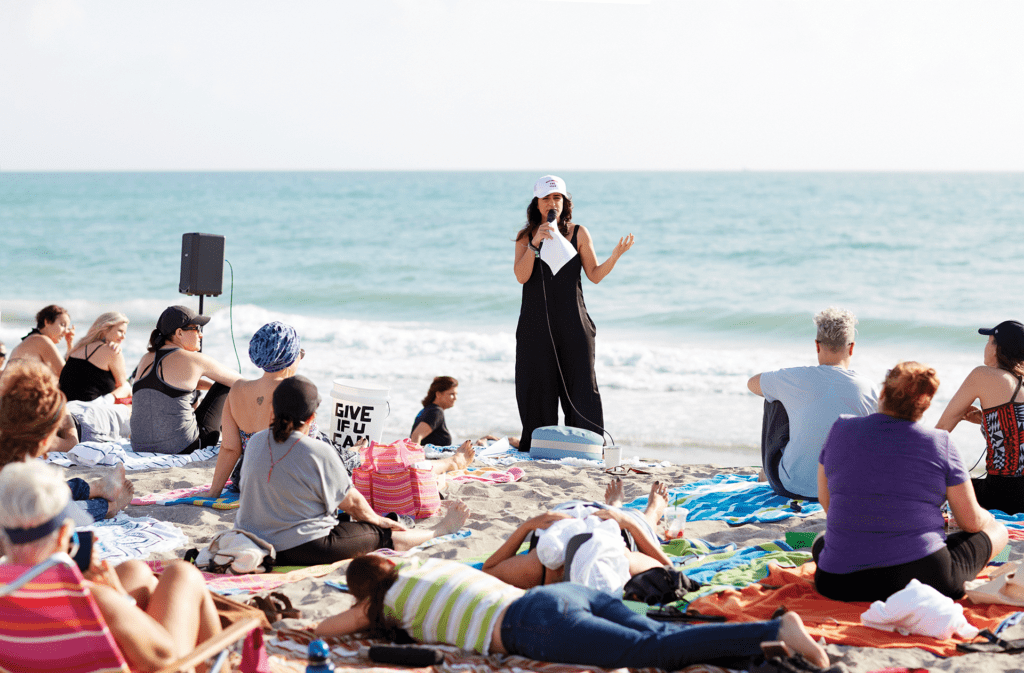
Five Ways to Cultivate Courage
Courage is the savior that marches alongside us when fear shows up. It can inspire bursts of boldness that help us speak our minds, follow our hearts, and bare our souls to others. Without it, we can’t grow or thrive.
Sometimes we get caught up in the mistaken notion that being courageous means overcoming fear. But courage isn’t looking past fear; it’s recognizing and even embracing it. Recently I’ve witnessed this seeming paradox in families affected by the unspeakable trauma of losing a child to a mass shooting.
Courage is not the absence of fear. It’s being scared, worried, unsure, and ready to run, and yet still finding a way to do what you really want to do, what others need you to do, or what
you believe is right—despite all that fear.
Here are a few tips that help me cultivate courage:
1. Make fear your friend
Stop blaming fear for stopping you and recognize the strange paradox that exists: Your fears will never completely disappear, and you will never win the battle against them. When you can finally accept fears and invite them in, it makes courage more accessible.
2. Embrace courage as a mindful response to fear
Fears are necessary—they can propel us to new heights if we choose to respond to them mindfully instead of react to them blindly. Doing this allows us to become bigger than our fears and act thoughtfully despite them. If you use your meditation practice to help resist the default fight-or-flight response, you’ll likely feel your courage rising up in the silent pauses.
3. Choose to be bold by simply committing to action
Even if you don’t believe (yet!) that you will take the steps necessary, announce (to yourself, to others) that you are committed to taking action. By speaking it, owning it, and having others hold you accountable and inviting them to lift you in support, you will eventually work up the courage to act on this bold commitment. The first step is not actually taking action, it’s setting the intention to act.
4. Be vulnerable
It leads to courage. Sharing your fears and anxieties with others can make them seem far less scary and insurmountable. You’ll soon realize you’re not alone, and once you feel the strength of a community surrounding you and the empathy of others who understand your situation, it’ll be easier to take that leap.
5. Do it for others
The struggles of friends and loved ones, or the challenges faced by communities in crisis, present opportunities to show up and be brave in entirely unselfish ways. Sometimes that’s what it takes to find our courage. When our actions impact more than our own lives, the ripple effect, including inspiring others to move to action, can provide us with a great sense of empowerment.
More from Shelly
Holding Space For Healing Trauma in Parkland
Watch the Mindful Interview with Shelly Tygielski and Parkland community members Ivy Schamis, Samantha Novick, and Fred Guttenberg. Read More
Mindful Self-Care with Shelly Tygielski
In this 8-part series, you’ll learn to nourish the core of your being in a way that will help you weather uncertainty, communicate and listen with compassion, and help you work together towards a better, shared future for us all. Self-care is not frivolous; self-care is a radical act of love. Read More


